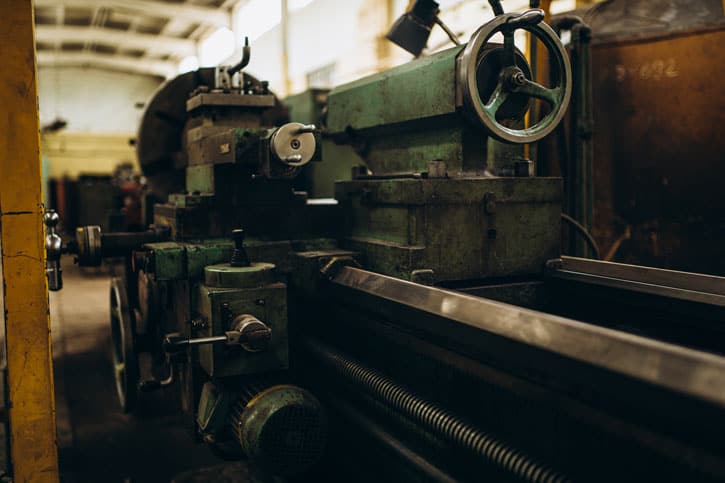Now, I know what you’re thinking. “Gary, why are we talking about safety? That’s not very exciting.” But let me tell you, my friends, workplace safety is no joke. In fact, it’s one of the most important things you can focus on as a business owner or employee.
Let’s start by talking about the identification of hazards in the workplace. Now, this might sound like a fancy term, but it’s really just a way of saying “looking for things that could hurt you.” And trust me, there are plenty of things in the workplace that can be hazardous if you’re not careful.
Some common hazards in the workplace include:
- Slippery or uneven floors
- Electrical hazards
- Moving machinery
- Chemical spills
- Falling objects
The list goes on and on. But the important thing is that you take the time to identify these hazards and take steps to mitigate them.
So, how do you identify hazards in the workplace? Well, it starts by simply looking around. Take a walk through your workplace and look for anything that could potentially cause harm. This could be anything from loose wires to cluttered walkways.
Another important tool in identifying hazards is to talk to your employees. They are often the ones who are on the front lines and can provide valuable insights into what areas of the workplace might be unsafe.
Once you’ve identified the hazards, it’s time to take action. This is where the Safe Work Method Statement (SWMS) comes in. A SWMS is basically a plan that outlines the steps you need to take to safely complete a task.
For example, let’s say you need to clean up a chemical spill in the workplace. A SWMS for this task might include steps like:
- Identifying the type of chemical and determining the appropriate cleanup method
- Isolating the area and ensuring that no one enters while the cleanup is underway
- Wearing appropriate personal protective equipment (PPE) such as gloves and goggles
- Cleaning up the spill using the appropriate equipment and disposing of the waste properly
By having a clear plan in place, you can minimise the risk of accidents or injuries.
Now, let’s talk about some of the dangers of not taking workplace safety seriously. First and foremost, there is the risk of injury or even death. Workplace accidents can be devastating not just for the individual involved, but for their families and coworkers as well.
In addition to the human cost, there are also financial costs associated with workplace accidents. Workers’ compensation claims can be expensive, and there may be lost productivity as a result of the accident.
Finally, there is the potential for legal action. If an accident occurs and it is determined that the employer was negligent in their duty to provide a safe workplace, they could be facing lawsuits and fines.
So, what can you do to ensure that your workplace is as safe as possible? Here are some recommendations:
- Take the time to identify hazards and create a plan to mitigate them. This could include anything from fixing a broken handrail to providing proper PPE for employees.
- Provide training for employees on workplace safety. Make sure everyone knows the proper procedures for handling hazardous materials, operating machinery, and performing other tasks safely.
- Encourage employees to speak up if they notice any hazards or unsafe practices. They should feel comfortable reporting any issues so that they can be addressed promptly.
- Conduct regular safety inspections to ensure that hazards are being identified and addressed in a timely manner.
Remember, my friends, workplace safety is everyone’s responsibility. By taking the time to identify hazards and create a plan to mitigate them, you can help ensure that everyone goes home
![]()






